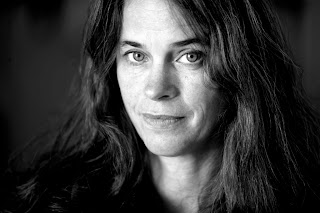Denver Art Museum: Freshman Seminar Fall 2010
The first cultural event I experienced at the University of Denver was by far the best. My First Year Seminar Class, Personal Histories of Photography, took the Denver light rail downtown to the 16th Street Mall, where we then walked to the Denver Art Museum. This was an amazing opportunity to begin my photography career at DU- Denver offers so many opportunities for fabulous photographs. The art museum itself is an architectural phenomenon made to represent the peaks of the Rocky Mountains.
Our first stop in the art museum was the photography gallery where I discovered some amazing photographers, such as Garry Winogrand, Adam Fuss, and Ralph Gibson, to name a few. The artwork was so inspirational; it definitely made me want to try new techniques with my art. After walking around this gallery for about an hour, we were then set lose to discover more fascinating things within the museum. My favorite exhibit was the Asian floor, where I found out about symbolism within the Asian cultures and was able to inspect the intricate pottery on display. After wandering the DAM, we sat down to the most amazing lunch in the museum restaurant Palette’s. This was a cultural event of itself, and my friends and I took hundreds of photos of the delicious food we got to eat. I am so thankful I was able to experience the Denver Art Museum with my photography friends; I was inspired while creating amazing new memories.

















